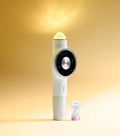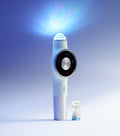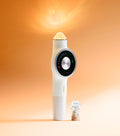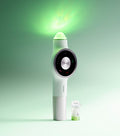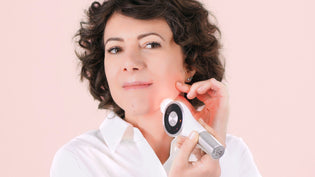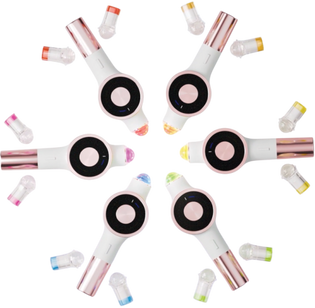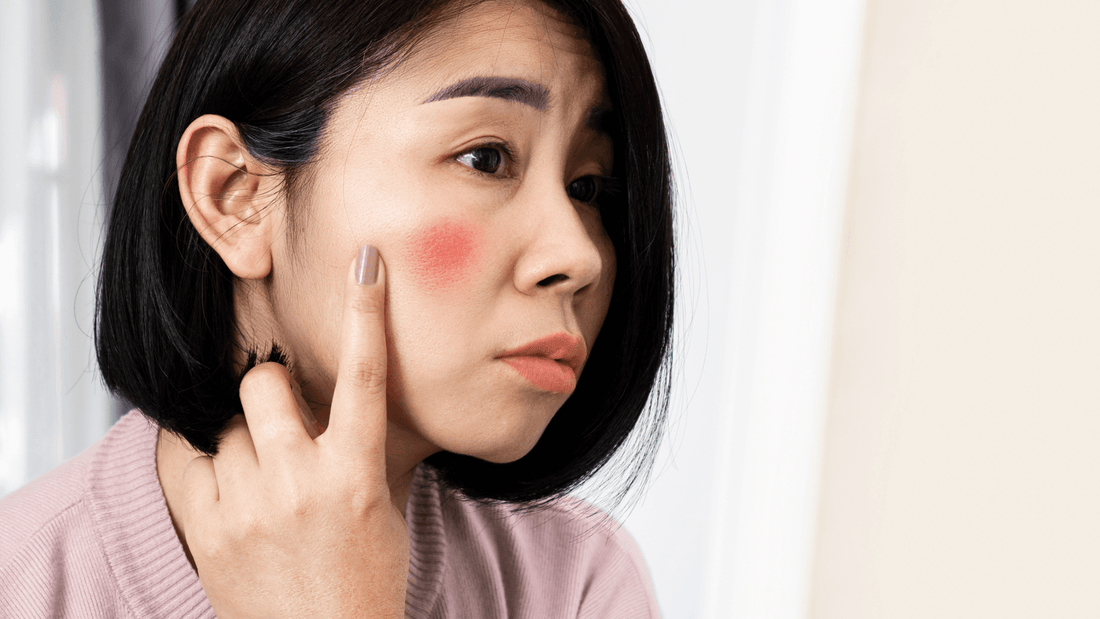Seborrheic dermatitis is a common skin disease. This disease can resemble psoriasis and is characterized by an overproduction of sebum, an oily substance produced by the sebaceous glands in the skin. Seborrheic dermatitis affects approximately 3 to 5% of the population. There are treatments that allow you to regain a healthy scalp, avoid severe forms and rid your skin of seborrheic dermatitis in the long term. In this article, you will find out the causes of seborrheic dermatitis, what it can be recognized by and what treatment you can turn to.
How to identify seborrheic dermatitis?
Seborrheic dermatitis (also known as seborrheic dermatitis) is a skin disease that mainly affects the scalp, face, torso and folds of the arms and legs. You may also observe excessive sebum production on the face. To identify seborrheic dermatitis, it is recommended to consult a doctor. This will carry out a diagnosis and assessment of your illness. He or she may also order lab tests to rule out other skin problems. It will also make the difference with psoriasis. Signs and symptoms to watch out for include itchy scalp, red patches, flaky hairline or skin, patches, and dandruff.What causes seborrheic dermatitis?
Seborrheic dermatitis is a skin disease that can have several causes. Genetic factors play an important role in the development of this disease. If your parents had these plaques and lesions on their face and hair, you are more likely to develop seborrheic dermatitis. Environmental factors such as cold, humidity and temperature changes can also contribute to the appearance of these patches on your scalp or skin (face or chest). Factors related to skin hygiene, such as the use of aggressive cosmetic products, a lack or excess of hygiene, can also promote the appearance of seborrheic dermatitis. Dander can also affect your hair. Note that these factors can interact with each other and that seborrheic dermatitis does not necessarily manifest itself in the same way on each face and on each skin type. It is therefore important to consult your doctor to establish a diagnosis and receive appropriate treatments. The products prescribed vary from one person to another, particularly in cases of severe forms.After treatments for seborrheic dermatitis: avoid recurrence
To begin, make sure that you avoid the triggers that will cause the first symptoms of dermatitis to appear such as stress, extreme temperatures, etc. Protect your face and scalp by using gentle products. Return to your doctor if you suffer from recurrent seborrheic dermatitis to receive tailored treatment. An accurate diagnosis and personalized treatment can help you reduce the symptoms of dermatitis and prevent recurrence of this skin disease.Some tips to follow during your treatment
Once you have the treatment prescribed by your doctor, follow these few principles:- If you feel the dander itching, stop! The lesions could worsen and further weaken your skin;
- The products all have a very specific dosage. Even if the symptoms of your skin disease bother you, follow them to the letter;
- Before applying a product, and after application, wash your hands;
- In order to regain a healthy scalp, leave your products on for the indicated time.





